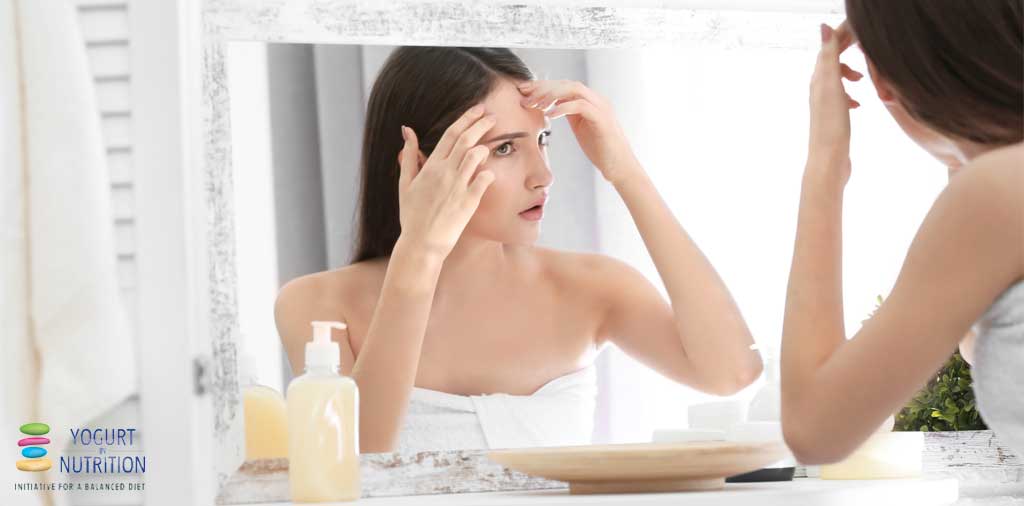Acne can make young folks’ lives a misery just when they’re at their most image-conscious. Tackling it remains a challenge, not least because we still don’t know for sure what triggers it. This latest analysis sheds light on the link between acne and a chief suspect – dairy products – but concludes that further research is needed to reveal the true picture.
The analysis shows that you’re more likely to have acne if you drink milk, for example, but this doesn’t necessarily mean that drinking milk actually causes acne, the authors point out.
Acne most commonly affects children and adolescents aged 12–24 years, but it can spring up at any time of life. It tends to run in families and it’s usually linked to changes in hormone levels at puberty. But It has long been suggested that the Western diet, or certain foods, may play a part in contributing to the problem.
Investigating the role of diet in the development of acne
In particular, the finger of suspicion has pointed at dairy products. Amino acids derived from milk induce the making of a hormone, insulin-like growth factor-1, that has been implicated in acne.
That’s why several studies have been carried out around the world to look at the possible link between dairy intake and acne in children and young people. In this analysis of these studies, the authors aimed to estimate the association of acne in children, adolescents, and young adults with their consumption of dairy products.
They included 14 studies involving a total of 178,529 children, adolescents and young adults – of whom 23,046 had acne.
Results showed that intake of dairy of any sort – milk, full-fat dairy, whole milk, low-fat/skim milk, and yogurt – was associated with a higher likelihood of acne compared to no intake.
Intake of cheese was associated with a borderline higher likelihood for acne compared to no intake.
When the authors looked specifically at frequency of intake, they found that drinking one glass of milk per day was associated with higher odds for acne, whereas 2–6 glasses per week was not, when compared with drinking one glass or less a week.
Studies should be viewed with caution
However, results should be interpreted with caution because of differences in the way the studies have been designed, warn the authors.
Not all studies used validated food questionnaires and some relied on the participants reporting that they had acne, rather than confirming the diagnosis by a doctor. The prevalence of acne varied widely between the studies, from 7% to 89%.
It was also difficult to rule out influences from other foods or lifestyle factors, say the authors.
Further research is needed to fill the knowledge gap
The authors conclude that dairy products do seem to be associated with an increased likelihood of acne in children and young people, but further research is needed to clarify this relationship as it’s difficult to draw firm conclusions from the studies to date.
So, we still don’t know whether dairy intake is in some way causing acne and whether it can make acne worse, or whether avoiding dairy products would prevent acne. Unravelling the true story will need large, carefully-designed trials, the authors say.
‘… there is still a knowledge gap with respect to whether dairy intake is causally associated with acne, acne flare, or acne severity and to what extent.’ – Juhl CR et al, 2018.



